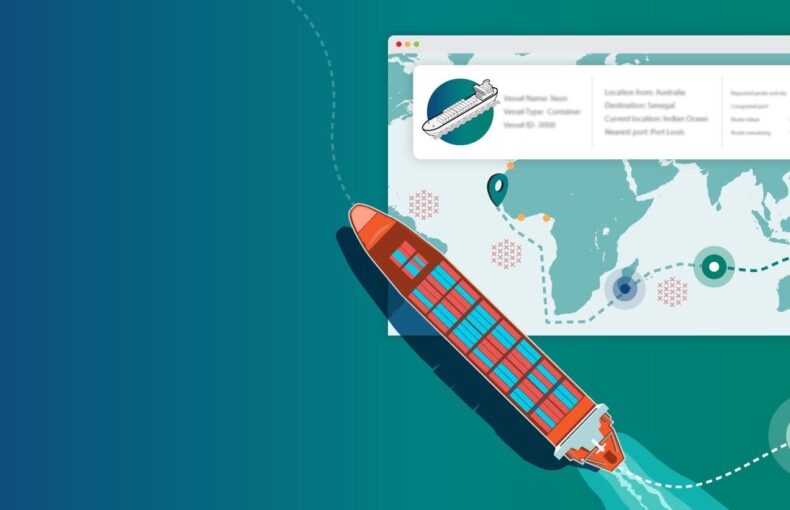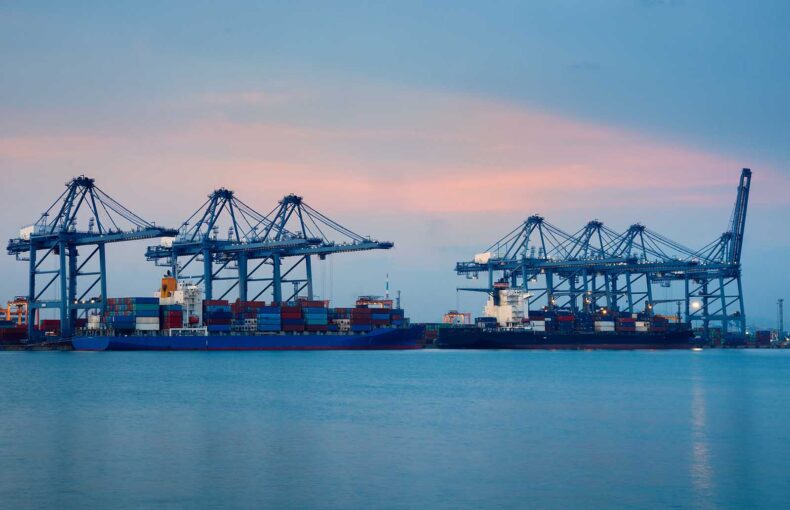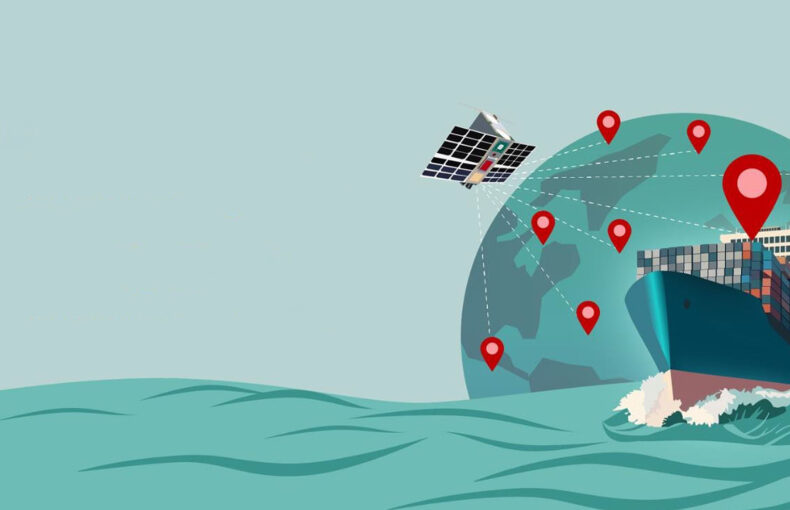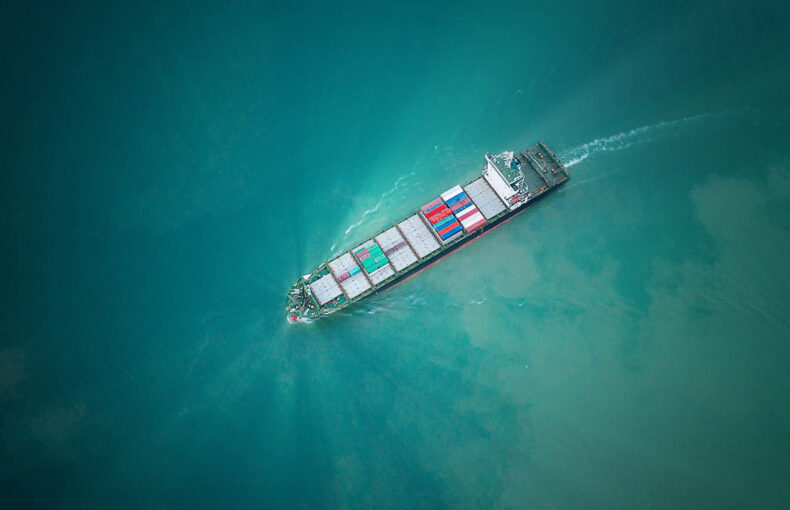A guide to UK MRV requirements
The UK’s plan assesses the actual efficiency of the ships by focusing on fuel consumption and cargo data, to cut greenhouse gasses (GHG).
Part 3 in a series on global plans to monitor maritime shipping emissions.
The tide is coming in for the maritime industry and the world’s nations, and time to put a boot on carbon emissions both at port and at sea. Part 1 of this series discussed the European Union’s plans for monitoring carbon emissions and enforcing adherence, and the UK has based their process and criteria on the EU’s model. In fact, it is nearly identical to that of the EU. Here’s some background and key points of the new UK monitoring and enforcement system.
Establishment of the UK’s monitoring system was delayed because of Brexit; however, the British government has moved forward, with the first monitoring period in 2022, and plans for the data to be validated in early 2023.
The UK will monitor maritime voyages within the UK, and to and from the UK, but NOT between the UK and EU, as the EU will be collecting data (this avoids duplication). The UK’s plan follows the EU’s MRV protocol of Monitoring, Reporting and Verification, and applies to ships weighing 5,000 gross tonnage (GT) and above.
Monitoring and measuring
The goal of this program is to assess the actual efficiency of the ships by focusing on fuel consumption and cargo data. Information recorded includes fuel consumption (both at port and sea),transport work (based on actual cargo carried; quantity and deadweight), distance traveled, and time (duration of the trip and time in port or in terminal area). Dead weight or cargo weight can also be monitored.
Reporting
Ship owners rely on vessel operators to collect and record this data over the course of a year. Data is recorded manually, either with reporting forms, or with a spreadsheet: recording emissions, cargo, distance, which ports visited, and submitted to the ship’s owner ashore. Since manual reporting data is not 100% reliable, an independent verification process takes place. However, even data provided to verify could still contain unreliable details, due to human error, lack of training, supervision or staffing, or irregular record keeping.
Verification of data
The verification process is conducted by Independent, accredited verifiers, who are not affiliated with any global societies or governments, in order to avoid any conflict of interest. The UK will then publish an annual report on emissions data and other related information, although when this site or publication will be operational is not yet known. Interestingly, some companies would like to keep this information private, as their vessel efficiencies may need more improvement than they would like the public and shareholders to know.
Again, even though this data has undergone verification, there is the risk that it could be unreliable because of the reliance on manual record keeping, and the possible errors as mentioned previously.
The consequences of non-compliance
If verified data is not submitted, under the UK regulations there are wide powers of enforcement including the power to detain a relevant ship by serving it with a “detention notice” if anyone attempts to navigate it out of a port without a valid Document of Compliance (DoC), and refusing entry for the particular relevant ship to any port in the UK.
Ships will still need to make the grade
Since the UN governs the Carbon Intensity Indicator (CII) via the International Marine Organization (IMO), the CII is applicable worldwide. The CII’s ship grading system is another set of data on vessel efficiency that the UK will have available as of the beginning of 2023, as they monitor vessels traveling within UK waters.
At the time of publication of this article, the UK has not established any protocols around participating in the EU’s Emission Trading System (ETS) Carbon Market.
Read more in this series:
- Part 1: What are EU MRV reporting requirements?
- Part 2: What are the IMO regulations?
- Part 3 (current): A guide to UK MRV requirements
 Written by
Written by


